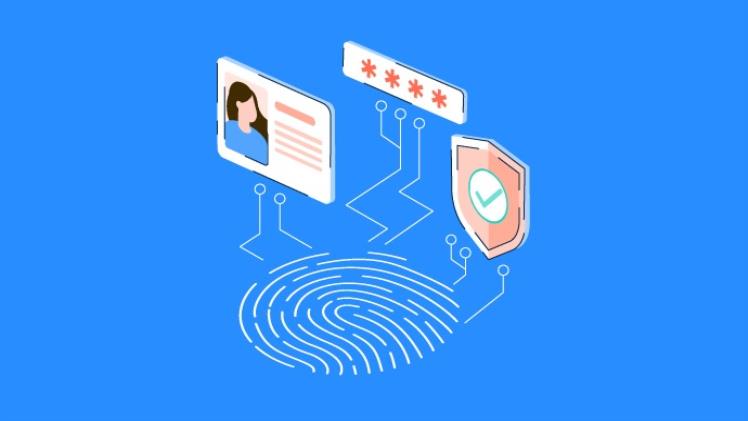Family ID Explained: Understanding Household-Based Digital Identity Systems
In recent years, digital identity programs have evolved beyond documenting individuals. Many administrations and institutions are now turning toward family-based identity systems — often referred to as Family ID. This model organizes and verifies information about household members together rather than managing each person in isolation. It reflects the simple truth that families function as interconnected units where responsibilities, economic conditions, and benefits are often shared.
What Is a Family ID?
A Family ID is a structured identification record issued to an entire household. It contains basic information about each member, their relationship to one another, and shared details such as residence and economic profile. While personal identity remains important, a Family ID acknowledges that many public services — from welfare assistance to education grants — operate at the household level.
Instead of managing separate applications or repeating information for every individual, one verified record supports all members.
How Household-Based Identity Works
A Family ID system usually begins with a registration process in which a family submits verified identification and household details. Once validated, the system assigns a unique Family ID number connected to all household profiles.
Typical components include:
- Details of each family member
- Verified proof of residence
- Relationship mapping (parent, spouse, child, guardian, etc.)
- Socio-economic information where relevant
Updates are recorded when major life changes occur — such as births, deaths, marriages, or shifts in residence — allowing the database to stay accurate over time.
Why This Approach Is Used
Governments and institutions choose family-based identity systems for practical reasons. Many social programs evaluate eligibility based on household income, size, and structure. A Family ID helps decision-makers review circumstances clearly, eliminating repeated verification and reducing paperwork.
Common advantages include:
- Faster access to welfare and public services
- Fair distribution of benefits based on household need
- Reduced duplication and identity fraud
- More reliable demographic and social data for planning
- Simplified documentation for citizens
By grounding information in a family framework, systems are better equipped to understand real-world living situations and administer support efficiently.
Where Family ID Systems Matter Most
Family ID programs are particularly useful in sectors such as:
- Social welfare and subsidies
- Healthcare and insurance benefits
- Education scholarships and support schemes
- Housing and community development programs
- Pension and elder assistance systems
Any service that considers household circumstances gains clarity from this unified data structure.
Considerations and Responsibilities
Like any digital identity model, Family ID systems must be managed responsibly. Data security, transparency, and public trust are essential. Authorities and institutions are expected to maintain clear procedures for updating information, protecting privacy, and offering accessible support for citizens who may not be familiar with digital services.
When implemented with care, a Family ID becomes a tool that simplifies lives rather than complicating them.
Final Thoughts
Household-based digital identity systems mark a meaningful step in modern governance. They recognize the collective nature of family life and support smoother, more accurate delivery of services. As digital platforms continue to expand, the Family ID model offers a structured, fair, and practical foundation for managing public benefits and planning community-focused development.







